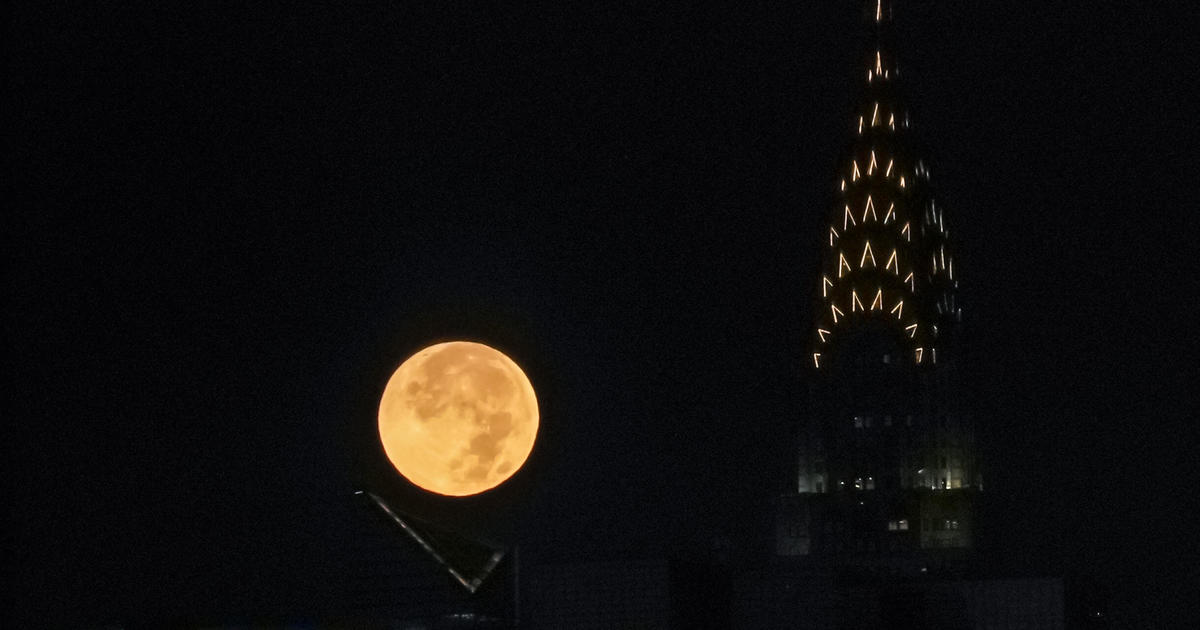
November’s full moon, known as the Beaver Moon, is the last supermoon of 2024. Here’s when it peaks and how it got its name.

When astronomy fans look to the sky this week, they’ll get to see November’s Beaver full moon, the last of 2024’s four consecutive supermoons.
The 2024 series of supermoons started in August with a rare supermoon blue moon. After this month’s Beaver Moon, there won’t be another supermoon until late next year.
Why is the November full moon called the Beaver Moon?
November’s full moon is called the Beaver Moon, according to the Old Farmer’s Almanac. The name was chosen because this is the time of year when beavers start sheltering in their lodges after having prepared food stores for the winter.
moonrise times for different ZIP codes across the U.S.
Around 96% of the moon’s nearside will be illuminated by the sun on Thursday, according to NASA. By Friday, 100% of the moon’s nearside will be illuminated. About 99% of it will be illuminated by the sun on Saturday and 96% of the moon will be illuminated on Sunday.
You won’t need binoculars or a telescope to enjoy the spectacular view.
What makes supermoons special?
A supermoon happens when the moon is simultaneously full and at the part of its orbit that’s closest to Earth, according to NASA. The moon’s distance from Earth varies between around 221,457 miles and 252,712 miles.
During this month’s supermoon, the moon will be about 224,385 miles from Earth.
Supermoons appear larger than the average full moon. It’s similar to the size difference between a quarter and a nickel, according to NASA. Supermoons are also about 16% brighter than an average moon.
While all supermoons appear bigger and brighter than the average full moon, there is some variance. According to NASA, the November full moon will appear 6.2% bigger and 12.8% brighter than 2024’s average full moon.
When will the first supermoon of 2025 occur?
Next year, expect three supermoons, starting in October, according to earthsky.org. There will be one on Oct. 7, 2025, followed by Nov. 5 and Dec. 4. Then the following new year will start with a supermoon on Jan. 3, 2026.
More
More
Source: cbsnews.com